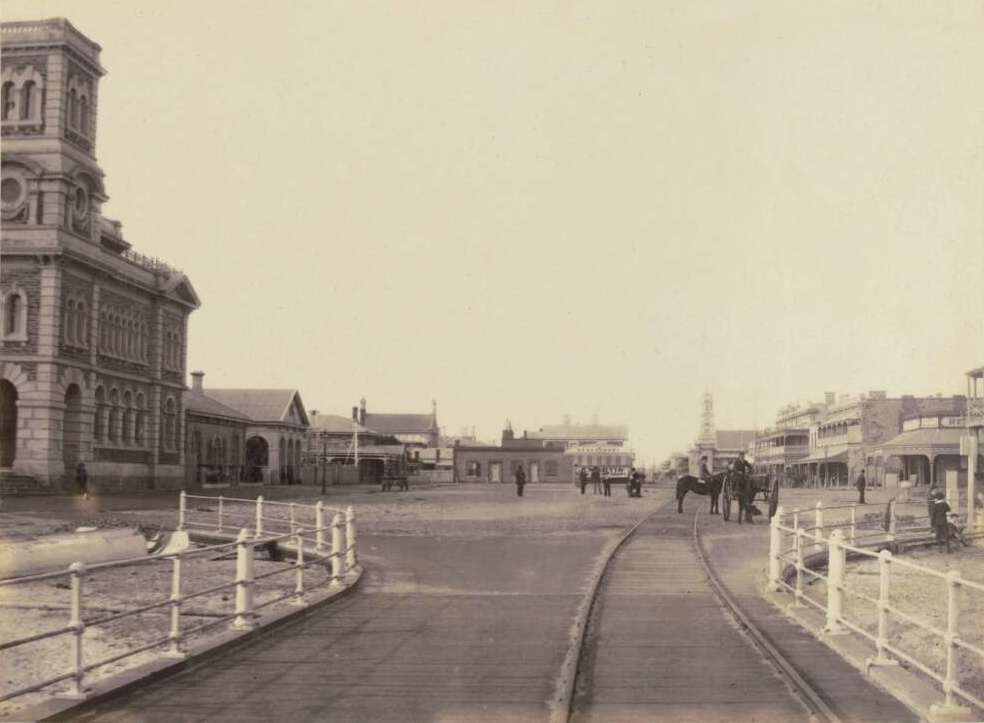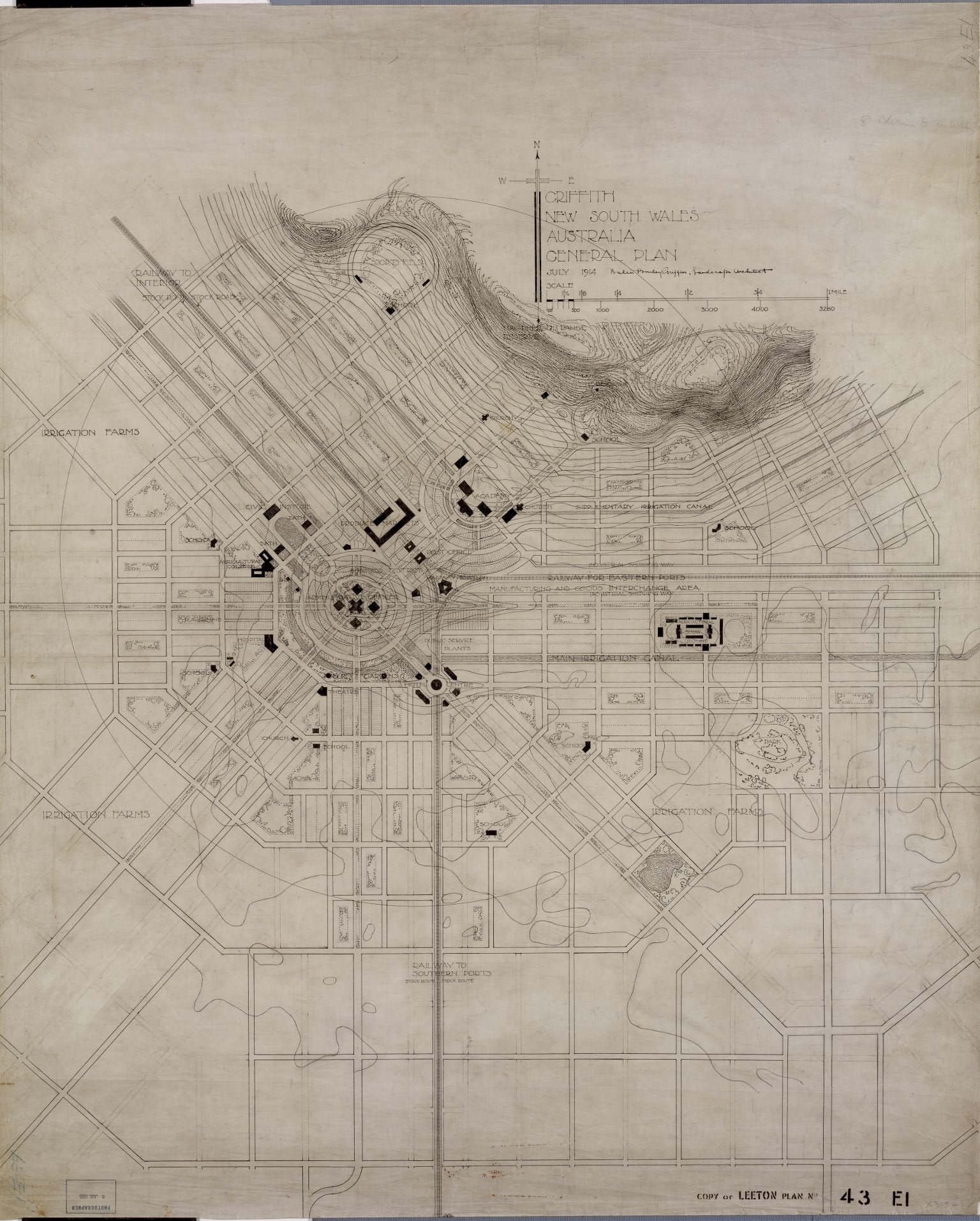|
Agnes L. Storrie
Agnes Louisa Storrie (23 August 1864 – 20 August 1936) was an Australian poet, writer and one of the founders of the Wattle Day League. She wrote as Agnes L. Storrie, but was also known by her married name, Agnes L. Kettlewell. Life and writing Agnes Louise Storrie was born in Glenelg, South Australia on 23 August 1864. She was the third daughter of James and Agnes Storrie (née Tassie). Storrie was an associate member of the Glenelg Literary Association. Her poem "What the overseer told me" was award second prize by the South Australian’s Literary Societies' Union in September 1887. In the same competition her "Grapes From a Thorn" won first prize for a novelette and was subsequently published in the ''Adelaide Observer''. On 10 July 1890 Storrie married John Wilson Kettlewell at the Congregational Church in Glenelg. Following her marriage she moved to Sydney, home of her husband. A volume of her poetry, titled ''Poems'', was first published in Sydney in 1899. A review in ... [...More Info...] [...Related Items...] OR: [Wikipedia] [Google] [Baidu] |
Wattle Day League
Wattle Day is a day of celebration in Australia on the first day of September each year, which is the official start of the Australian spring. This is the time when many ''Acacia'' species (commonly called wattles in Australia), are in flower. So, people wear a sprig of the flowers and leaves to celebrate the day. Although the national floral emblem of Australia is a particular species, named the golden wattle (''Acacia pycnantha''), any acacia can be worn to celebrate the day. The day was originally intended to promote patriotism for the new nation of Australia:"Wattle Days emerged to prominence in Australia in the early years of the federated nation. They took on some of the national and civic responsibilities for children that he more formalAustralia Day could not." - Libby Robin Tasmanian origin, 1838 On 1 December 1838, the first Hobart Town Anniversary Regatta was held in Hobart, Tasmania to celebrate the Anniversary of the 17th-century European discovery of the islan ... [...More Info...] [...Related Items...] OR: [Wikipedia] [Google] [Baidu] |
1864 Births
Events January–March * January 13 – American songwriter Stephen Foster ("Oh! Susanna", "Old Folks at Home") dies aged 37 in New York City, leaving a scrap of paper reading "Dear friends and gentle hearts". His parlor song " Beautiful Dreamer" is published in March. * January 16 – Denmark rejects an Austrian-Prussian ultimatum to repeal the Danish Constitution, which says that Schleswig-Holstein is part of Denmark. * January 21 – New Zealand Wars: The Tauranga campaign begins. * February – John Wisden publishes '' The Cricketer's Almanack for the year 1864'' in England; it will go on to become the major annual cricket reference publication. * February 1 – Danish-Prussian War (Second Schleswig War): 57,000 Austrian and Prussian troops cross the Eider River into Denmark. * February 15 – Heineken brewery founded in Netherlands. * February 17 – American Civil War: The tiny Confederate hand-propelled submarine ''H. L. Hunl ... [...More Info...] [...Related Items...] OR: [Wikipedia] [Google] [Baidu] |
19th-century Australian Women Writers
The 19th (nineteenth) century began on 1 January 1801 ( MDCCCI), and ended on 31 December 1900 ( MCM). The 19th century was the ninth century of the 2nd millennium. The 19th century was characterized by vast social upheaval. Slavery was abolished in much of Europe and the Americas. The First Industrial Revolution, though it began in the late 18th century, expanding beyond its British homeland for the first time during this century, particularly remaking the economies and societies of the Low Countries, the Rhineland, Northern Italy, and the Northeastern United States. A few decades later, the Second Industrial Revolution led to ever more massive urbanization and much higher levels of productivity, profit, and prosperity, a pattern that continued into the 20th century. The Islamic gunpowder empires fell into decline and European imperialism brought much of South Asia, Southeast Asia, and almost all of Africa under colonial rule. It was also marked by the collapse of the large ... [...More Info...] [...Related Items...] OR: [Wikipedia] [Google] [Baidu] |
19th-century Australian Poets
The 19th (nineteenth) century began on 1 January 1801 (Roman numerals, MDCCCI), and ended on 31 December 1900 (Roman numerals, MCM). The 19th century was the ninth century of the 2nd millennium. The 19th century was characterized by vast social upheaval. Slavery was abolitionism, abolished in much of Europe and the Americas. The Industrial Revolution, First Industrial Revolution, though it began in the late 18th century, expanding beyond its British homeland for the first time during this century, particularly remaking the economies and societies of the Low Countries, the Rhineland, Northern Italy, and the Northeastern United States. A few decades later, the Second Industrial Revolution led to ever more massive urbanization and much higher levels of productivity, profit, and prosperity, a pattern that continued into the 20th century. The Gunpowder empires, Islamic gunpowder empires fell into decline and European imperialism brought much of South Asia, Southeast Asia, and almost ... [...More Info...] [...Related Items...] OR: [Wikipedia] [Google] [Baidu] |
Australian Women Poets
Australian(s) may refer to: Australia * Australia, a country * Australians, citizens of the Commonwealth of Australia ** European Australians ** Anglo-Celtic Australians, Australians descended principally from British colonists ** Aboriginal Australians, indigenous peoples of Australia as identified and defined within Australian law * Australia (continent) ** Indigenous Australians * Australian English, the dialect of the English language spoken in Australia * Australian Aboriginal languages * ''The Australian'', a newspaper * Australiana, things of Australian origins Other uses * Australian (horse), a racehorse * Australian, British Columbia, an unincorporated community in Canada See also * The Australian (other) * Australia (other) * * * Austrian (other) Austrian may refer to: * Austrians, someone from Austria or of Austrian descent ** Someone who is considered an Austrian citizen, see Austrian nationality law * Austrian German dialect * Someth ... [...More Info...] [...Related Items...] OR: [Wikipedia] [Google] [Baidu] |
1936 Deaths
Events January–February * January 20 – George V of the United Kingdom and the British Dominions and Emperor of India, dies at his Sandringham Estate. The Prince of Wales succeeds to the throne of the United Kingdom as King Edward VIII. * January 28 – Britain's King George V state funeral takes place in London and Windsor. He is buried at St George's Chapel, Windsor Castle * February 4 – Radium E (bismuth-210) becomes the first radioactive element to be made synthetically. * February 6 – The IV Olympic Winter Games open in Garmisch-Partenkirchen, Germany. * February 10– 19 – Second Italo-Ethiopian War: Battle of Amba Aradam – Italian forces gain a decisive tactical victory, effectively neutralizing the army of the Ethiopian Empire. * February 16 – 1936 Spanish general election: The left-wing Popular Front coalition takes a majority. * February 26 – February 26 Incident (二・二六事件, ''Niniroku Jiken''): The I ... [...More Info...] [...Related Items...] OR: [Wikipedia] [Google] [Baidu] |
Northern Suburbs Crematorium, Sydney
The Northern Suburbs Crematorium, officially Northern Suburbs Memorial Gardens and Crematorium, is a crematorium in North Ryde, New South Wales, a suburb of Sydney, Australia. It was officially opened on 28 October 1933, and the first cremation took place on 30 October 1933.Northern Suburbs Memorial Gardens and Crematorium website Retrieved 7 August 2013 Northern Suburbs Crematorium was the second crematorium in New South Wales. It was designed by Frank I'Anson Bloomfield (1879-1949), who was cremated there, and also designed NSW and Sydney's first crematorium at |
Glenelg, South Australia
Glenelg is a beach-side suburb of the South Australian capital of Adelaide. Located on the shore of Holdfast Bay in Gulf St Vincent, it has become a tourist destination due to its beach and many attractions, home to several hotels and dozens of restaurants. Established in 1836, it is the oldest European settlement on mainland South Australia. It was named after Lord Glenelg, a member of British Cabinet and Secretary of State for War and the Colonies. Through Lord Glenelg the name derives from Glenelg, Highland, Scotland. History Prior to the 1836 British colonisation of South Australia, Glenelg and the rest of the Adelaide Plains was home to the Kaurna group of Aboriginal Australians. They knew the area as "Pattawilya" and the local river as "Pattawilyangga", now named the Patawalonga River. Evidence has shown that at least two smallpox epidemics had killed the majority of the Kaurna population prior to 1836. The disease appeared to have come down the Murray River from ... [...More Info...] [...Related Items...] OR: [Wikipedia] [Google] [Baidu] |
Griffith, New South Wales
Griffith is a major regional city in the Murrumbidgee Irrigation Area that is located in the north-western part of the Riverina region of New South Wales, known commonly as the food bowl of Australia. It is also the seat of the City of Griffith local government area. Like the Australian capital, Canberra, and extensions to the nearby town of Leeton, Griffith was designed by Walter Burley Griffin and Marion Mahony Griffin. Griffith was named after Arthur Hill Griffith, the then New South Wales Secretary for Public Works. Griffith was proclaimed a city in 1987, and had a population of 20,251 Estimated resident population, 30 June 2018. in June 2018. It can be accessed by road from Sydney and Canberra via the Hume Highway and the Burley Griffin Way and from Melbourne, via the Newell Highway and either by using the Kidman Way or the Irrigation Way. Griffith can be accessed from other places like Adelaide, Orange, and Bathurst through the Mid-Western Highway and the Rankins Spri ... [...More Info...] [...Related Items...] OR: [Wikipedia] [Google] [Baidu] |
Wattle Day
Wattle Day is a day of celebration in Australia on the first day of September each year, which is the official start of the Australian spring. This is the time when many ''Acacia'' species (commonly called wattles in Australia), are in flower. So, people wear a sprig of the flowers and leaves to celebrate the day. Although the national floral emblem of Australia is a particular species, named the golden wattle (''Acacia pycnantha''), any acacia can be worn to celebrate the day. The day was originally intended to promote patriotism for the new nation of Australia:"Wattle Days emerged to prominence in Australia in the early years of the federated nation. They took on some of the national and civic responsibilities for children that he more formalAustralia Day could not." - Libby Robin Tasmanian origin, 1838 On 1 December 1838, the first Hobart Town Anniversary Regatta was held in Hobart, Tasmania to celebrate the Anniversary of the 17th-century European discovery of the islan ... [...More Info...] [...Related Items...] OR: [Wikipedia] [Google] [Baidu] |







.jpg)